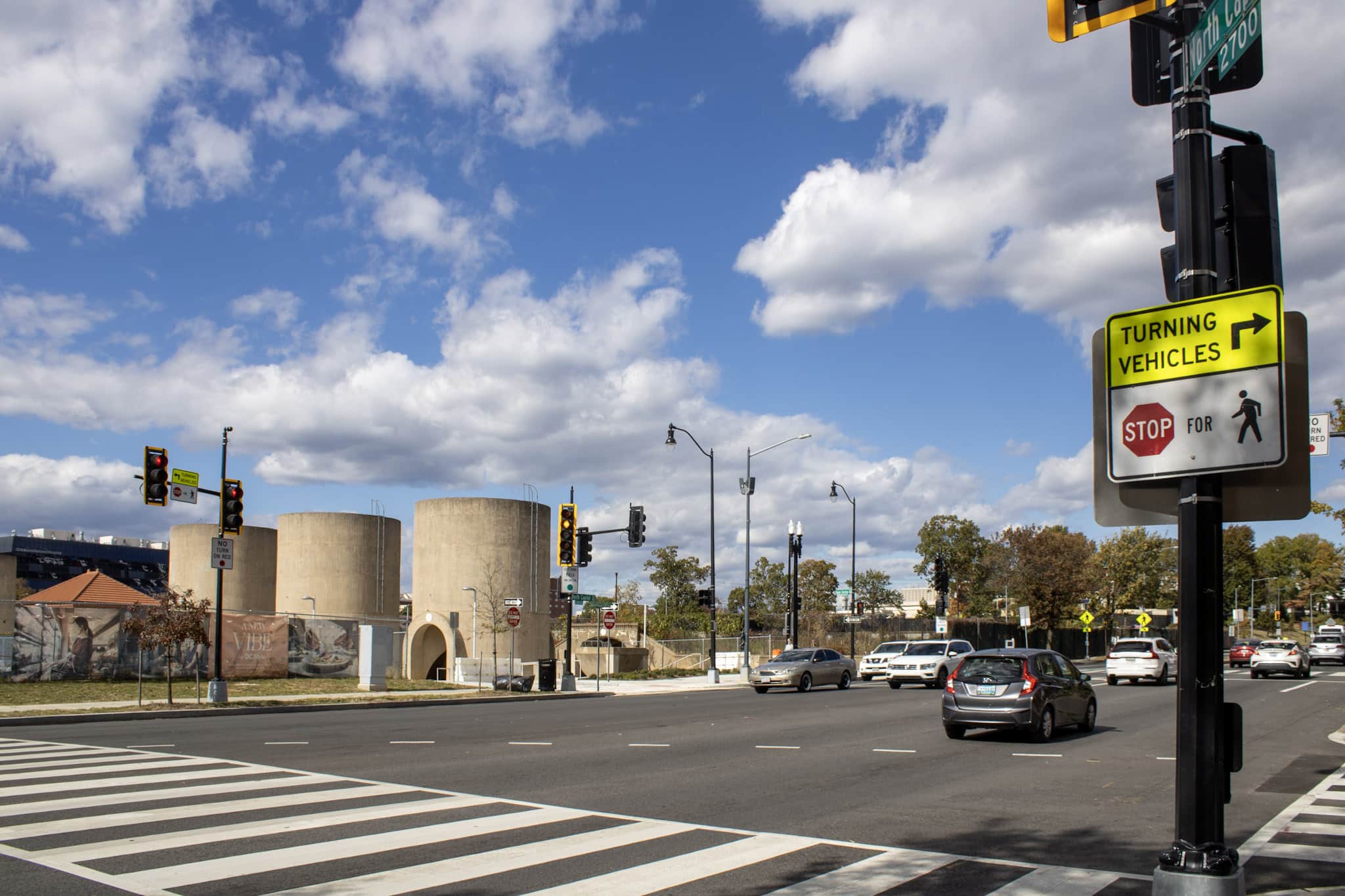
What's Changed in the ITE Trip Generation Manual 12th Edition—And Why It Matters for Your Project
If you’re planning a development project, there’s an important update you should be aware of: the Institute of Transportation Engineers (ITE) has released the 12th Edition of its Trip Generation Manual. Last updated in 2021, the manual now includes over 550 new study sites and removes all pre-1990 data to better reflect current travel patterns.
For developers, property owners, and anyone navigating the traffic impact study process, these changes can directly affect project feasibility, mitigation costs, and approval timelines. Here’s what you need to know.
Why Trip Generation Rates Matter
Trip generation rates are the foundation of every traffic impact analysis. They determine how many vehicle trips your proposed development will generate, which in turn drives the scope of required transportation studies, identifies necessary roadway improvements, and ultimately affects project costs.
ITE’s Trip Generation Manual is the authoritative resource that most state agencies and local jurisdictions require for traffic studies. When these rates change, the implications ripple through your entire development timeline. Lower rates might mean fewer required improvements and faster approvals. Higher rates may necessitate additional study requirements or mitigation measures.
The rates evolve as ITE incorporates more recent data and phases out older information, ensuring the manual reflects what’s actually happening on the ground. With travel patterns still adjusting in the post-pandemic era, this 12th edition update is particularly significant.
Key Changes Between the 11th and 12th Editions
Industrial and Warehouse Uses: Generally Decreased
If you’re developing industrial or warehouse space, there’s good news. Trip generation rates for these uses have generally decreased in the 12th edition, reflecting more efficient modern logistics operations and updated data collection methods.
Data Centers: Significantly Lower Rates with More Robust Data
This is one of the most dramatic changes. In the 11th edition, data centers had only three data points—barely enough for statistical confidence. The 12th edition includes substantially more data, and the resulting trip generation rates are notably lower than what we’ve been working with.
At Gorove Slade, we’ve been advocating for years to have jurisdictions accept lower rates for data centers based on our own traffic counts and studies. The new ITE rates now align more closely with what we’ve been observing in the field, which should reduce the scope of any transportation studies.
Residential: Minimal Changes
For residential developers, the news is relatively quiet. Single-family and most multi-family rates remain largely unchanged from the 11th edition. In terms of future trends, we anticipate a continued decline in rates, consistent with the substantially lower rates observed in the data collected after 2020.
The broad shift to hybrid and remote work because of the global pandemic has significantly altered daily travel patterns. Research indicates that certain segments of the population are likely to continue telecommuting, which may alter traditional AM/PM peak commuting patterns and increase home-based trips throughout the day. The rise in e-commerce has also impacted travel times and frequency, but its impact is more difficult to quantify. A single delivery driver may serve several homes in neighborhoods on one route, yet those same homes might receive deliveries on multiple days or multiple times within the same day.
Commercial: General Decreases with Notable Exceptions
Commercial uses generally show decreased rates, but the 12th edition introduces a new land use category specifically for high-volume fast-food restaurants. This change addresses a longstanding challenge in the industry: when averaging together a high-volume restaurant with a lower-volume restaurant, the resulting rate doesn’t accurately represent either use.
The new high-volume category prevents inflating trip estimates for typical fast-food restaurants while providing more accurate rates for the highest-traffic locations. ITE already has a separate category for coffee/donut shops with drive-throughs, and this new classification follows similar logic.
Gas stations and convenience stores also show significant decreases. This matters because these uses are among the highest trip generators in the commercial category. In Virginia, developments generating 5,000 or more daily trips trigger additional study requirements and review thresholds. A major convenience store can approach that number on its own, so even modest rate reductions can have meaningful impacts on study scope.
What This Means for Your Next Project
If you’re in the early stages of development planning, these changes could affect:
- Study Requirements: Lower trip generation rates might reduce the scope of analysis needed or help you avoid triggering certain study thresholds.
- Mitigation Costs: Fewer trips often translate to fewer or less extensive roadway improvements, potentially saving significant capital.
- Approval Timeline: Projects that generate fewer trips typically face less scrutiny and may move through the review process more quickly.
- Site Capacity: In some cases, lower rates could allow for additional development intensity on the same site.
Most jurisdictions will transition to the 12th edition relatively quickly, though adoption timelines vary. Some may already be requiring it, while others might still be working with the 11th edition during their transition period.

On the Rochambeau Memorial Bridge, heading from Arlington, VA, into Washington, DC
Questions About How These Changes Affect Your Project?
The ITE Trip Generation Manual is one of the most consequential documents in the TIA process. Understanding how rate changes affect your specific project requires expertise in both the manual itself and local jurisdiction requirements.
At Gorove Slade, we’re already working with the 12th edition rates and can help you understand what they mean for your development. Whether you’re evaluating a potential acquisition, planning a new project, or navigating the traffic study process, we’re here to guide you through the implications of these changes.
Have questions about how the 12th edition affects your specific land use or site? Contact Mary Lee, PE, PTOE, or Kayla Ord, PE, PTOE—we’re ready to help.
